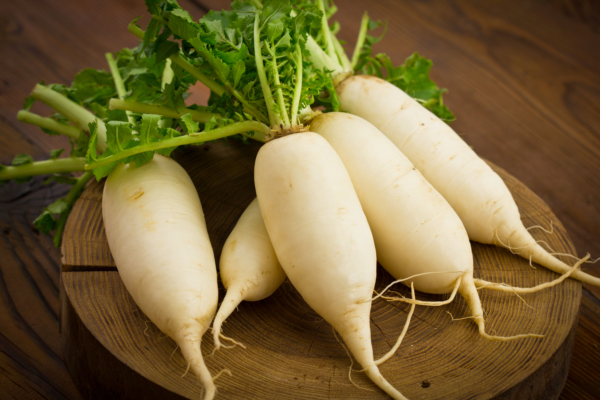In daily life, toxins seem to be everywhere. A study in the UK has found that growing vegetables can absorb tiny plastic particles from water or soil through their roots, which accumulate in edible parts and eventually end up being consumed by people, posing risks to human health. This is the first study to confirm that fresh vegetables can absorb nano-plastics, further amplifying concerns over plastic pollution.
In this study, a research team composed of experts in plant science, environmental chemistry, and plastic pollution from Plymouth University in the UK conducted an experiment. They placed radishes in a hydroponic system containing polystyrene nano-plastics.
Nano-plastics are extremely small plastic particles, typically less than 1 micron in size, much smaller than the plastic microbeads commonly known to people (microplastics, usually defined as plastic particles with a diameter less than 5 millimeters).
After 5 days, researchers found that nearly 5% of the nano-plastics entered the radish roots, with a quarter accumulating in the edible fleshy roots and one-tenth in the leaves.
Physiologist Nathaniel Clark from the university explained that plant roots have a barrier called the Casparian strip, which should act as a filter for particles, many of which are harmful. Clark stated, “This is the first study to demonstrate that nano-plastic particles can penetrate this barrier and potentially accumulate in the plant body, being passed on to any organism that consumes them.”
This study indicates that even fresh and healthy farm produce may carry hundreds of millions of nano-plastic particles with every bite, many of them as small as one millionth of a centimeter.
While this research has some limitations, as it did not utilize real-world agricultural methods and only tested one type of plastic and one plant, the fundamental principle of the study remains valid – the smallest nano-plastics apparently breach the protective layer of plants and enter the edible parts consumed by people. With plastic pollution rapidly spreading, this could be unfolding on a global scale.
Clark added, “With nano-plastics likely to be absorbed by various agricultural products grown worldwide, there is no reason to believe that this phenomenon is unique to these vegetables.”
Marine biologist Richard Thompson from the university noted that to some extent, these findings are not surprising. Their previous research has found plastic particle pollution wherever they looked.
Plymouth University has been leading plastic microbead research for over 20 years, discovering plastic microbeads in the deepest oceans to the slopes of Mount Everest.
Thompson mentioned, “This study provides clear evidence that particles in the environment not only accumulate in seafood but also in vegetables.”
He emphasized that their understanding of the accumulation of particles and nano-particles, and their potential adverse effects on human health, is continually deepening, with this study being just a part of it.
The study underscores the need for further research to understand emerging food safety issues and their exact impacts on the environment and human health.
The findings of this study were published in the journal “Environmental Research.”

